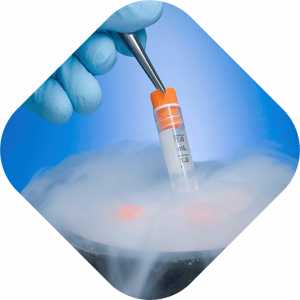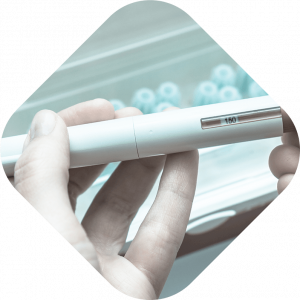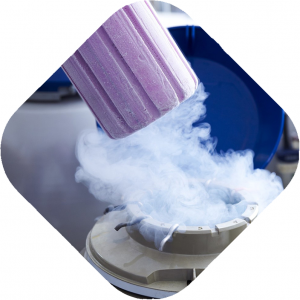 What is the Sperm Freezing Process?
What is the Sperm Freezing Process?
There are different application techniques. These include:
Vaccination Treatment: This infertility treatment, which started to be applied in the 1980s, is the easiest method applied in the field of IVF. Since we require no surgical operation, we can apply it even in an ordinary genecology clinic. However, it should not be forgotten that in order for us to apply this procedure, the expectant mother should not have a known infertility problem (blocked fallopian tubes, etc). Likewise, the sperm of the father candidate should also be of sufficient number, mobility, and quality for application.
Insemination into the cervix in Vaccination Treatment: Intracervical insemination (ICI) It is the easiest application method. We apply it by injecting fresh or frozen and thaw sperm into the cervix with the help of an injector. We do need to wash the sperm, meaning that we do not prepare it in a lab. We apply it by following the natural ovulation time. Chances of success are the same as in a normal sexual relationship.
The Sperm Freezing Process – Intrauterine Insemination (Vaccination Therapy) – Intrauterine Insemination (IUI)
Most clinics use this method today. We wash sperm and prepare it in the laboratory. We bring its numerical values the correct concentration and inject it into the uterus with a special liquid. We expect the sperm to swim through the uterus towards the fallopian tubes, encounter the egg, and fertilize it. In this method, we can apply drug therapy for egg development. For follicles that reach sufficient maturity with drug treatment through controlled ovarian stimulation, we crack them with a fracturing needle, known as HCG and ovulation occurs. On the same days, we apply the vaccination (insemination) procedure.
Intrauterine and tubular insemination – Intratuboperitoneal insemination (IUTPI)
We apply it by filling the intrauterine and tubes with vaccination fluid.
Intra-tube insemination – Intratubal Insemination (ITI)
It has not shown any advantage when we compare it to intrauterine vaccination. We do not prefer this method.
Success Rates in Vaccination Treatment
Factors such as the age of the mother and the health status of the couple affect the chances of success. Looking at the general data, the approximate success rates for each method are as follows (in couples suitable for vaccination):
ICI = 10-15%
IUI = 15-20%
We give it 60-70% in a total of 6 trials.
In addition, the pregnancy rate depends on Total Sperm Count (TSS) and especially Total Moving Sperm Count (THSS).
Sperm preparation for vaccination: We recommend to arrange approximately 5 million motile sperm for each vaccination procedure. We prepare these 5 million sperm in approximately 0.5 ml.
Preparation: We take the sperm from the father candidate, examine it in the laboratory and determine the number and mobility. We wash the sperm with a special method and separate it from the liquid as much as possible. During this stage, we also separate immobile sperm. After washing, we check the sperm count and motility again. As for dilution, we make it to adjust the appropriate number of sperm before the application. Lastly, we inject the sperm fluid into the uterus with the help of a catheter that we use in the embryo transfer.

